Markus Levy, Convergence Promotions
Acorn - the Beggining
The year was 1979. Atari introduced a coin-operated version of Asteroids. The programming language ADA was born. 3COM, Oracle, and Seagate were founded. TI entered the computer market. Hayes marketed its first modem, which became the industry standard for modems. The Motorola 68K and Intel 8088 were released. And Hermann Hauser and Chris Curry, with the support of a group of students and researchers from Cambridge University’s many laboratories, set up Acorn Computers to make personal computers in Cambridge, England.
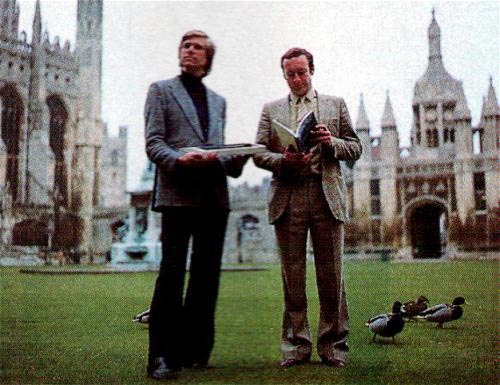 |
| Acorn founders Hermann Hauser and Chris Curry in the late seventies |
The first product from Acorn was the British home computer, the Atom, with a blazing-fast 1MHz processor and 12kbytes of ROM and RAM. From here, the company went on to work with the British Broadcasting Corporation (BBC) to produce and market a home computer, intended to increase UK computing awareness. The resulting product, the BBC micro, became a smashing success upon its release in 1982.
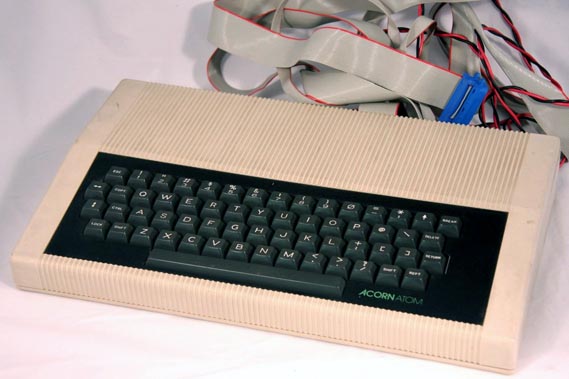 |
| Atom PC - the first product of Acorn |
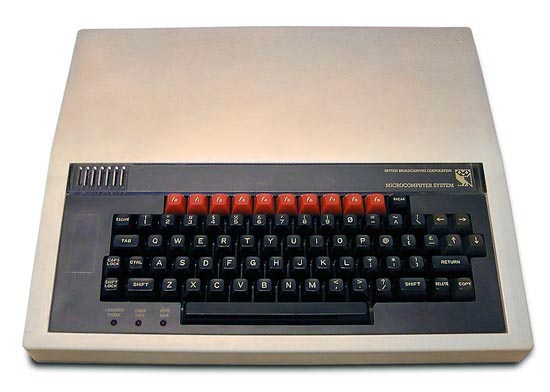 |
| BBC micro computer |
However, the rest of the computer world was not standing idle. For example, Apple launched the Lisa, which combined the first commercial windowing environment in a PC with a 16-bit processor. This made the folks at Acorn aware that increased performance would be needed beyond the existing 8-bit machines. As a direct result, a team was set up within Acorn’s Advanced Research and Development section, to try and develop a special project for a Reduced Instruction Set Computing (RISC) processor – an idea that was at that time quite revolutionary.
The Birth of ARM Processors
The outcome of this research project was the first ARM processor, the Acorn RISC Machine (which was later changed to Advanced RISC Machine). Acorn delivered the first samples in 1985, that yielded working silicon the first time it was fabricated using a 3µm process at VLSI Technology. It bettered the stated design goals while using fewer than 25,000 transistors.
The ARM1 was soon superceded by the ARM2, the first production version of the ARM processor, and quite possibly the simplest RISC processor in the world, at the time, with only 30,000 transistors. The instruction set improved upon that of the ARM1 in order to maximize the performance of systems based around it. It featured a true 32-bit data bus, and a 26-bit address bus, with 16 registers and no on-chip cache. In particular, the Multiply and Multiply and Accumulate instructions were added to facilitate digital signal processing, which was to be used to generate sounds, an important feature of home and educational computers. Despite the additions, the ARM2 still main- tained its small die size and low transistor count; it was also manufactured by VLSI, which garnered rights to sell chips using the design.
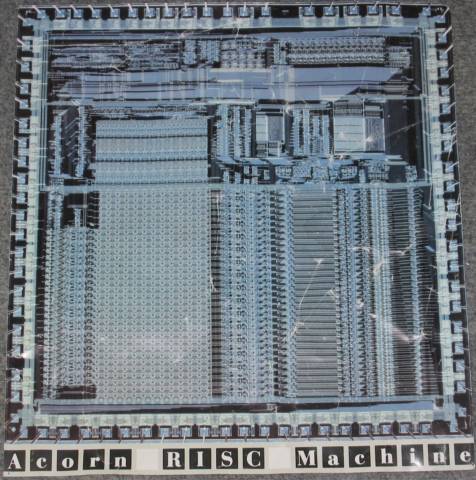 |
| The first ARM core |
The first ARM2-based product was the ARM Development System, which included the ARM processor and three support chips, 4 Mb of RAM and a set of development tools with an enhanced version of BBC BASIC.
The second ARM processor-based product was Acorn’s multimedia PC, the Archimedes, released in mid-1987. It featured an 8 MHz version of the ARM2 and three support chips (MEMC, VIDC, and IOC), an input/output controller, and a simple operating system. The Archimedes received a lukewarm response at its launch because personal computing appeared to be consolidating behind the IBM PC standard while Acorn had introduced a computer with a new processor, a new operating system, and no base of software to provide users with the applications they needed. It took two to three years for a credible amount of applications software native to the ARM processor and the Archimedes PC to be developed. After that Acorn refined and improved its computer models to confirm its position as a leader in the British home and educational computing market.
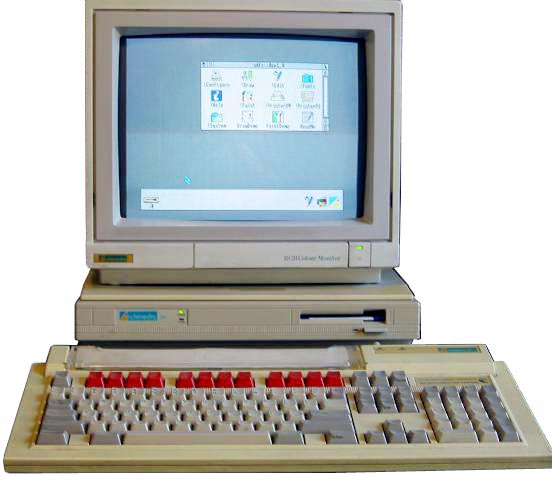 |
| Acorn Archimedes PC |
After the launch of the Archimedes, Acorn continued to support its research and development team in creating improved versions on the ARM processor. To expand the design so that it offered the kind of performance expected of a high-end personal computer, a 4 Kbytes on-chip data and instruction cache was added, the clock rate was increased to 25 MHz, and the ARM3 was launched. In 1990, the new processor found a home in Acorn's desktop computers.
The Acorn Fell From the Tree: Apple and the Newton
Hermann Hauser meanwhile had started a new business, the Active Book Company, which focused on the emerging personal digital assistant (PDA) market. The ARM design team redesigned the product to be static so as to reduce the power dissipation of the chip when the clocks were stopped – a requirement for this application.
Apple meanwhile was also entering the PDA market and had produced the first Newton, based on the AT&T low power processor called ‘Hobbit.’ John Stockton, Research Fellow of VLSI Technology infected the design team with a passion for ARM, and Larry Tesler who headed a team at Apple, both agreed that Apple wanted to use the ARM processor but wanted to work with a separate company from Acorn for competitive reasons. In only six weeks, a joint venture was negotiated between Apple, VLSI Technology, and Acorn in 1990.
The bizarre twist in the tale was that Hermann did a deal with AT&T over the Active Book Company and it became EO Ltd. The EO design swapped from the ARM processor to Hobbit and the Apple Newton design moved from Hobbit to the ARM processor!
Twelve Engineers and a Pub
In an earlier venture, Hermann Hauser had also created the Cambridge Processor Unit or CPU. While at Motorola, Robin Saxby supplied chips to Hermann at CPU and there- fore, the two of them already had a relationship. Robin was interviewed and offered the job as CEO for this new venture, but before accepting, requested he be able to meet the team of twelve. Robin remembers, “A key decision was going to be whether I could grow from within the team and not have to add costs by hiring in from outside. I decided on the latter approach after this meeting.” The team recalls that Robin wanted to meet us in a neutral venue so they chose a pub nearby. All arrived punctually, but Robin had already been there for ten minutes. Robin was known to the team as the hatchet man who had cleaned up the ES2 business, so his greeting of “You’re four minutes late – another minute and I’d have gone” left a lasting impression!
The New ARM at a Crossroads
In his new role as CEO, Robin officially launched Advanced RISC Machines Ltd. (ARM) on November 27th, 1990. The goal of the new company was to “address and attack the growing market for low-cost, low-power, high-performance 32-bit RISC chips”, according to Robin.
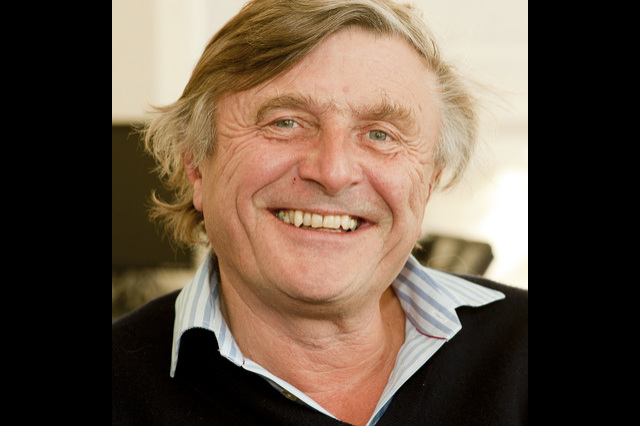 |
| Sir Robin Saxby |
At this juncture, Robin was faced with a variety of strategic decisions. One option was to merge the business with a semiconductor company, then lead the new division with financial muscle. Another option was to create a semiconductor company that would design and market chips but subcontract manufacturing. Alternatively, ARM could have partnered with Apple to drive all future product development. However, the option that was adopted was to design a base technology and then license the intellectual property (IP). The original thinking for ARM was to create a “Partnership Model” through which global standards could be created. This evolved into the IP Licensing model used today.
As the semiconductor industry has developed since the 1960s, the players have become less and less vertically integrated. This first exhibited itself with companies selling off their internal semiconductor manufacturing equipment divisions. Fairchild, Motorola and Texas Instruments have all gone down this path. In the 1980s, Silicon Valley spawned some new businesses, christened fab-less companies, which used subcontract manufacturing from Japan and Taiwan. In the 1990s a new model emerged with small, innovative companies creating IP which was then designed into products by other companies, whom subsequently sold and marketed the products – a model that ARM pioneered.
ARM’s First Year
ARM launched despite skepticism from the industry. One of Robin’s personal, venture capital friends stated “that joint ventures never work” because all of the partners (who were also ARM’s first customers) had an investment – Acorn provided the people, Apple Computers provided financial support, and VLSI Technology provided the design tool technology. The challenge in the first year was that ARM nearly ran out of money. As Robin stated, “In the early days we were very lean and mean, clocking up a lot of air miles. The start-up phase was very tough, and getting a credit line was also tough. Eventually an old bank manager contact gave me a credit line.” As one of the cost-saving measures, the small ARM team set up their offices in a converted barn in Swaffham Bulbeck near Cambridge.
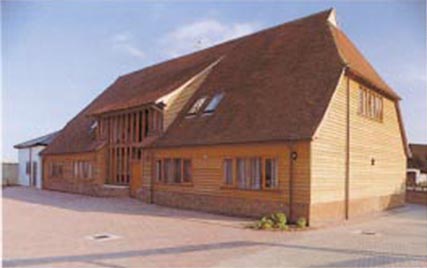 |
| The first ARM Ltd. headquarters |
Where’s ARM4 and ARM5?
These were never made but ARM created a space for ARM4 and ARM5 in case they wanted to go to simpler products. As the engineering transitioned from Acorn to ARM Ltd., the number scheme for the processor was changed. As such the numbers 4 and 5 were skipped.
ARM’s First Chip
Although the ARM processor were developed as a custom device for a highly specific purpose, the team designing it felt that the best way to produce a good custom solution was to produce a processor with good all-round performance. However, it’s interesting to note that the ARM’s architectural fate was sealed accidentally. While most of the RISC processor vendors were designing relatively huge chips (SPARC RISC, Intel i860, AMD 29000, etc.), ARM opted to develop a small-scale processor. One of the reasons the ARM processor was designed as a small-scale solution was that the resources to design it were not sufficient to allow the creation of a large and complex device. While this is now a technical plus for the ARM processor, it began as a necessity for a processor designed by a team of talented, but inexperienced designers (outside of university projects, most team members were programmers and board-level circuit designers) using new tools, some of which were far from state-of-the-art.
Despite the unusal working quarters, the motivation and excitement of the small team was high and the company had an open, communicative style that helped maintain the “buzz”. As with most start-up’s, ARM’s primary goal was to get the first product out; in this case, it was the ARM610, designed specifically for Apple. This product included full 32-bit addressing and endian-ness support, one of many changes requested by Apple in order to use the ARM processor in its planned products. An improved video controller, VIDC20, was also developed as well as a floating-point processor. Apple’s goal was to use the IP product within a hand-held personal organizer processor. The processor became known as ARM600, from which the 20 MHz ARM610 used in the Newton was later derived. At the same time, ARM Ltd.'s software team developed the ARM Cross Development Toolkit, a suite of software that allowed designers working on a range of platforms to use ARM development tools, assembler, compilers, and debugging and emulation programs.
Hardware evaluation kits were also produced to enable designers to test the ARM6 processor and to begin to develop operating system and support software for use with their own designs before the availability of finished systems. ARM Ltd. developed the PIE (Platform Independent Evaluation) Card, which allowed system designers to test their ideas on an ARM processor card attached to a host machine running the Cross Development Toolkit.
The First Real Deals
By the end of 1991 ARM got its first real commercial break when it licensed its products to GEC-Plessey Semiconductor in the UK.
In the meantime Sharp had licensed the Apple Newton and this had raised interest in the ARM processor. ARM negotiated with Sharp in the UK, Japan, and America, but the final negotiation was in a hotel near Maidenhead, UK. The companies negotiated into the evening but had not come to a resolution; the hotel came in to say the meeting room was booked for a wedding and they would need to leave. Robin rang his wife, and said they were coming home. Rather than pressure his family, the whole Sharp team, the ARM team, and Robin’s family went out for dinner, finalized the deal - and then discussed football!
The crucial break for ARM came in 1993 with Texas Instruments (TI). This was the break that gave ARM credibility and proved the successful viability of the company’s novel licensing business model. The deal drove ARM to formalize their licensing business model and also drove them to make more cost-effective products.
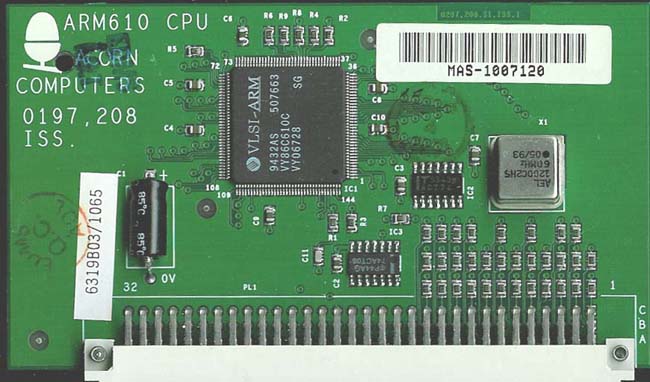 |
| ARM610 processor |
Following TI, Samsung approached ARM for a license and after only four meetings a deal was struck! Networking within the industry was crucial in infecting enthusiastic support for ARM’s products and in gaining new licensing deals. These licensing deals also led to new opportunities for the development of the RISC architecture. ARM’s relatively small size and dynamic culture gave it a response-time advantage in product development, an important factor in such a fast moving industry. In this vein, the Digital Equipment Corporation (DEC) license was a driving force that led ARM to implement a version of the ARM10 called StrongARM.
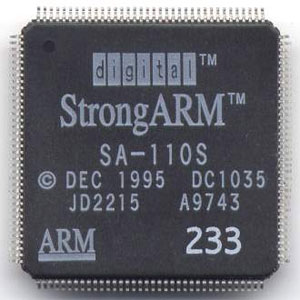 |
| StrongARM processor |
Time to Float the Company
By the end of 1997, ARM had grown to become a £26.6m business with £2.9m net income and the time had come to float the company. Although the company had been preparing to float for three years, Robin advises anyone thinking about a float “Wait until you think you are ready, then wait another six months.”
On April 17th, 1998, ARM Holdings plc completed a joint listing on the London Stock Exchange and Nasdaq. The reason for the joint listing was twofold. First, Nasdaq was the market through which ARM believed it would gain the sort of valuation it deserved. Second, the two major shareholders of ARM were American and English, respectively, and ARM wished to allow existing Acorn shareholders in the UK to have continued involvement.
 |
| Warren East |
Another challenge for Warren, and ARM as a whole, is managing their brand as it requires expansion into other audiences including the consumer. "Our architecture is at the heart of a wide selection of consumer electronics and we need to consider the impact and importance of creating awareness amongst the consumer" explains Warren. "A greater awareness among consumers will help throughout the value chain for both ARM and our partners. But, we won't accomplish this alone. Our success is based on the strategic relationship we have with our partners and we will continue to build our strategies, including branding, through close collaboration with them." As a footnote, through my conversations with Warren and other ARM exec's it is clear to see the first 20 years of the ARM architecture story have been exciting, but it will pale in comparison to the next 20.
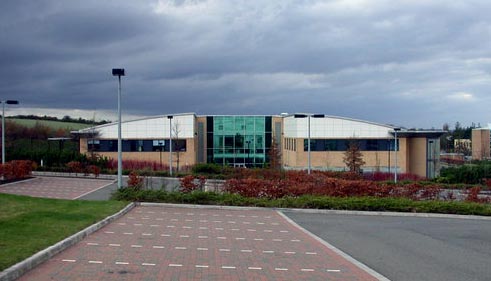 |
| Modern ARM headquarters |